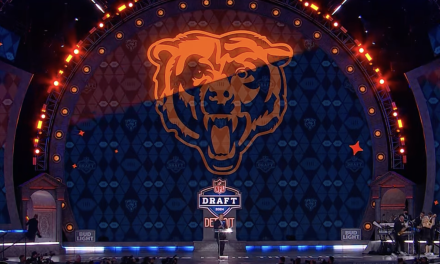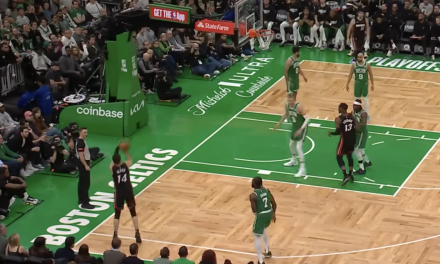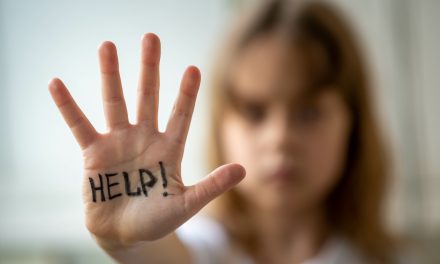In the quiet stillness that often follows a tragedy, the air seems laden not just with sorrow but with the collective weight of unspoken questions. The recent sentencing in Florida to 40 years in prison for the fatal shooting of a 16-year-old is a stark reminder of this burden. It is a case that has ripped through the fabric of a community, leaving in its wake a visceral examination of the violence that took a life far too soon. Violence among youth, especially that which culminates in murder, is an unsettling indicator of deeper societal issues that need urgent addressing. When a teenager loses their life to gun violence, it’s not just a family that is shattered, but an entire community. It’s a loss of potential, a future unfulfilled, a narrative cut short. The death of a 16-year-old at the hands of another only slightly older is a jarring narrative that forces society to confront uncomfortable truths about its underpinnings. The severity of the sentence handed down to the 20-year-old shooter speaks volumes. It sends a clear message: society will not stand for such senseless violence. The loss of two lives – one ended and another encased within the confines of a prison system for decades – is a profound tragedy. The shooter, still navigating early adulthood, will spend the best years of his life behind bars, a constant reminder of the irreversible consequences of one tragic moment of violence.
Implementing Harsher Penalties for Murders Resulting from Gun Violence

Justice for the victim and their loved ones is another pillar supporting the necessity for harsh penalties. It is a way of acknowledging the worth of the victim and the pain of those left to grieve. The legal system, in this context, seeks to provide a sense of closure and vindication for the irreparable harm inflicted upon the victim and their family. The sentencing is an attempt to balance the scales, to ensure that the gravity of taking a life is met with an equally weighty response.
Moreover, the imposition of a lengthy sentence is an acknowledgment of the potential for rehabilitation. It is an opportunity for the offender to reflect, make amends, and possibly to reform. This period of incarceration is as much about punishment as it is about providing the time and space for an individual to understand the enormity of their actions and to change their trajectory upon release.
The societal impact of gun violence in Florida cannot be overstated. It is a scourge that tears at the fabric of communities, instilling fear and mistrust. The prevalence of guns and the ease with which they can be obtained contribute to a culture where disputes are too often settled through violence. This case underscores the need for a societal shift, for communities and legislators to take a harder look at the conditions that foster such tragedies.
In the context of this case, the question of responsibility extends beyond the individual to the society that molds its youth. It begs us to consider the influences that shape the young minds that eventually wield these weapons. From the glorification of violence in media to the potential neglect of mental health issues, the factors are numerous and complex. The harsh sentence is not just a punitive measure; it’s a call to action for all societal members to engage in introspection and reform.
As the community grapples with the aftermath of the shooting, it must also contend with the broader implications of such an act. It is a moment for collective reflection on the value we place on human life and how we safeguard it. The conversations that emerge from this tragedy must address the pervasive issues of gun control, mental health, and the social environments that breed violence.
The 40-year sentence for the 20-year-old shooter is more than a legal decision; it’s a societal statement. It declares that the cost of a life taken is immeasurably high and that the justice system will respond accordingly. It is a somber acknowledgment that while the penalty may serve various aspects of justice, it cannot restore the life lost nor fully heal the wounds inflicted on the community. In the end, this case is a grim reminder of the fragility of life and the responsibility we all share in nurturing a society that values and protects its members.
Addressing the Root of the Problem
The sentencing of the 20-year-old in Florida propels us to confront the United States’ enduring struggle with gun violence. This issue has become so ingrained in the American fabric that it is often met with a sense of weary resignation as if it were an unsolvable problem. But this fatalism ignores the pressing need for action and the potential for change.
Gun violence in America is not just a crime issue; it is a public health crisis that claims tens of thousands of lives every year. The statistics are staggering, but they do not begin to capture the ripple effect of trauma and loss that each shooting generates. It’s a crisis that disproportionately affects young people, with firearm-related injuries being the second leading cause of death for children and adolescents in the U.S. The fatal shooting of the 16-year-old in Florida is a tragic addition to this grim tally.
The Legislative Challenge
A substantial part of the solution lies in legislative reform. America’s gun laws are notoriously lax compared to those of other developed nations, contributing to the high rate of gun deaths. The ease of access to firearms, including those designed to kill many people quickly, is a significant factor in the prevalence of gun violence.
However, the debate around gun control is deeply polarized, with the Second Amendment right to bear arms often cited as an insurmountable barrier to reform. Yet, there is a growing consensus among Americans for common-sense gun laws, such as universal background checks and restrictions on the sale of assault weapons. These measures are not about infringing upon constitutional rights but about protecting citizens from unnecessary harm.
Mental Health and Societal Factors
Another critical aspect of addressing gun violence is recognizing and responding to mental health issues. Many perpetrators of mass shootings have a history of mental illness that went untreated or inadequately addressed. There needs to be a concerted effort to improve mental health care access and to destigmatize mental illness so that individuals in crisis can receive the help they need before resorting to violence. Moreover, societal factors such as poverty, discrimination, and exposure to violence can increase the risk of someone engaging in or becoming a victim of gun violence. Interventions must address these underlying issues by providing supportive services, education, and opportunities in at-risk communities.
Cultural Shift and Responsible Ownership
America’s culture of violence and glorification of guns must also change. The media, entertainment industry, and even political rhetoric often contribute to a culture that normalizes and sometimes even exalts violence. A cultural shift that emphasizes conflict resolution, empathy, and the value of human life can help reduce the appeal of violence as a means to an end. In conjunction with a cultural shift, promoting responsible gun ownership is vital. Safe storage laws, education about the risks of guns in the home, and initiatives to prevent illegal trafficking can all play a role in reducing gun violence. Gun owners must be part of the conversation and the solution, taking proactive steps to ensure their firearms do not become part of the problem.
The Way Forward
The sentencing of the young shooter in Florida is a tragic reminder of the cost of inaction. As the nation continues to grapple with the fallout of gun violence, this case must catalyze change. It is time for America to move beyond the cyclical debates and toward concrete actions that address the multifaceted nature of gun violence. The way forward requires a comprehensive approach that includes legislative reform, improved mental health care, societal interventions, and a cultural shift towards valuing life over the perceived right to bear arms. Only then can we hope to prevent future tragedies like the one that claimed the life of a 16-year-old and altered the course of another young person forever. As society reflects on the harsh sentence handed down to the shooter, it must not lose sight of the broader issue at hand. The fight against gun violence is a fight for the soul of America, for a future where children and teenagers can grow up without the fear of bullets ending their stories prematurely. It is a fight that requires the collective will and courage to enact the changes necessary to protect and preserve life. The memory of those lost and the future of those at risk deserve nothing less.

































South Florida Media Comments